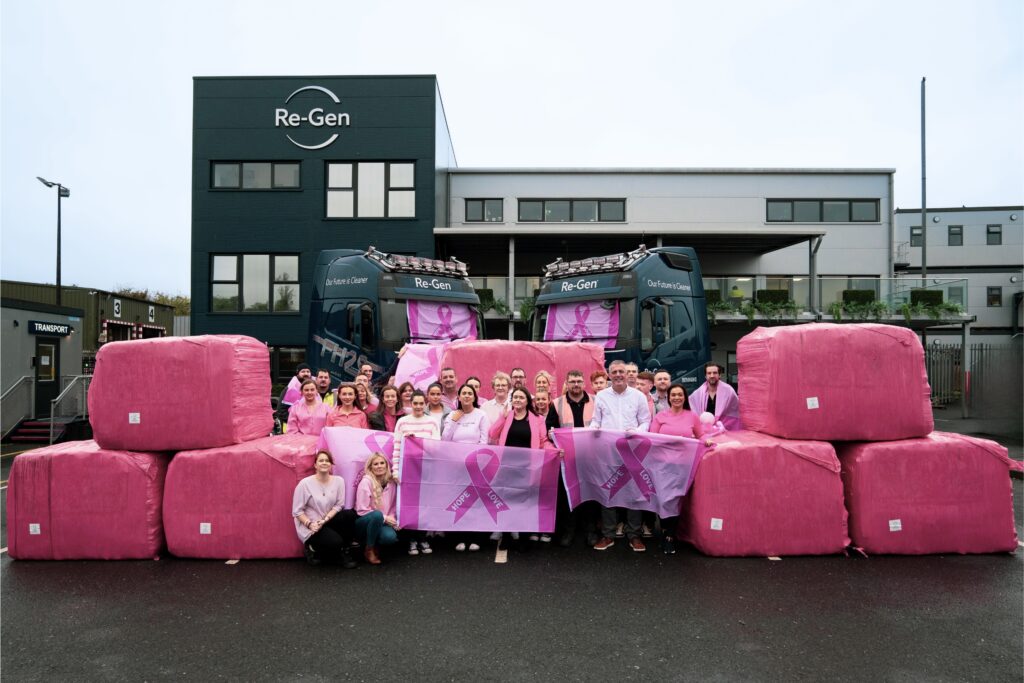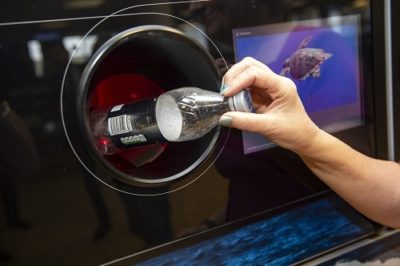In the permit variation document, uploaded by the Environment Agency last week, Biffa explained that the proposed soil washing facility would treat 30,000 tonnes of hazardous soil and 70,000 tonnes of non-hazardous soils per annum by a soil washing process.

The second facility will also process 10,000 tonnes per year of soils and contaminated materials by heat treatment.
The two new plants will be incorporated onto the land owned by Biffa at Brookhurst Wood, which includes a 310,000 tonnes Mechanical and Biological Treatment (MBT) plant.
Commenting on the plants, a spokesperson from Biffa said: “The new facilities would complement other long established waste management and recycling activities at the site, as well as complementing other contaminated soil recycling activities Biffa undertakes in the wider region.”
However, the waste management giant stated that there are no changes proposed to the existing operations.
Biffa confirmed in the documents, which are out for consultation by the Agency until 11 December, that 40-50 tonnes per hour would be treated in the soil washing process and the thermal desorption process would treat up to 1,000 tonnes across a 30 to 40 day period.
These new processes would divert soils, secondary aggregates and, to a lesser extent, metals organics from landfill entirely, the waste management giant said.
A nontechnical summary attached to the application explained how the soil washing process entails separation, washing, polymer addition, flocculation and dewatering, and includes wet physico-chemical treatment to separate pollutants from the clean aggregate materials.

The summary went on to describe how in thermal desorption, just enough heat is added to liberate volatile contaminants from a material into a vapour for collection and recycling, which renders the material virtually uncontaminated. As removal rates of 95-99 per cent are possible the material after treatment is almost always non-hazardous and very often inert.
Useful links:








Subscribe for free